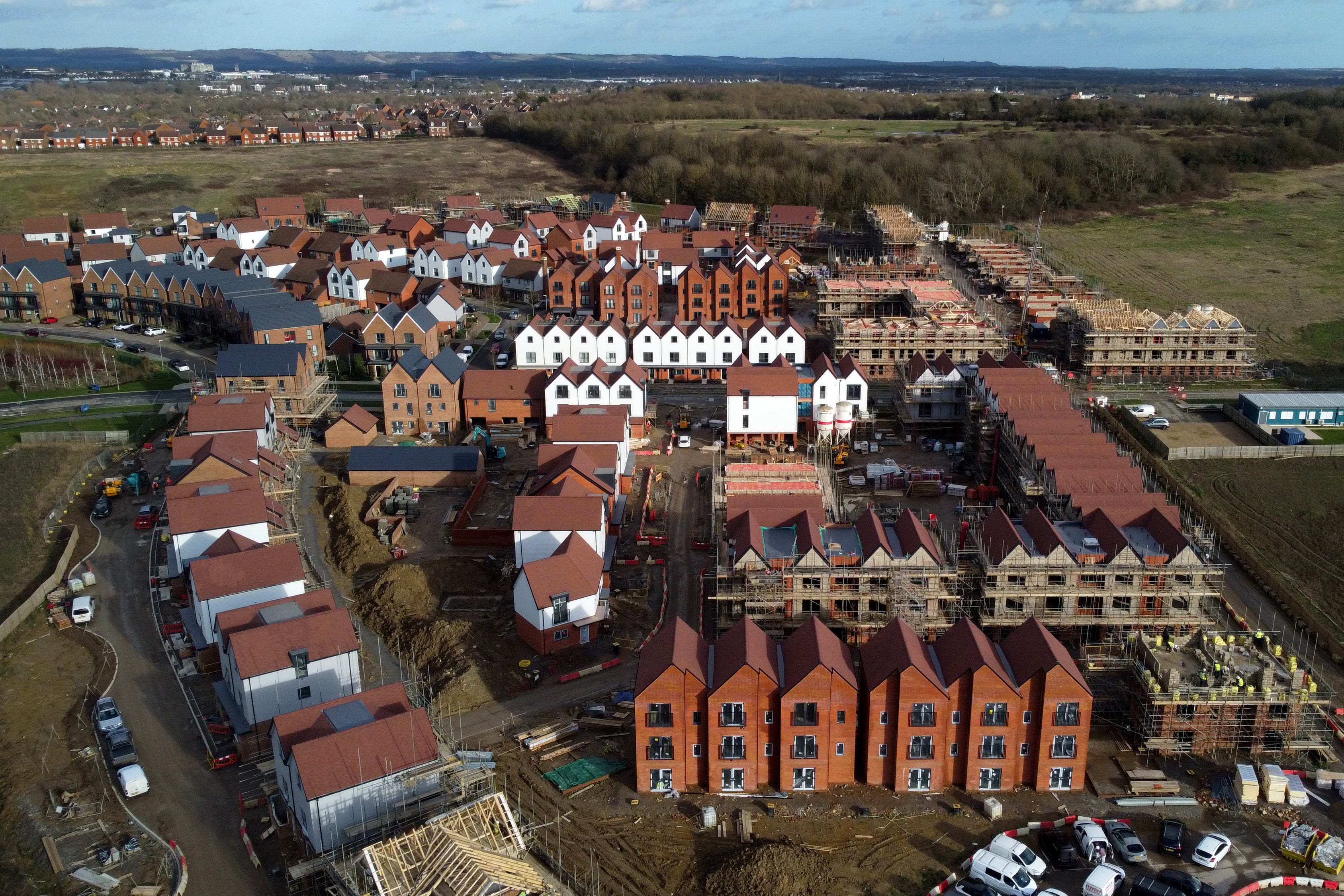UK construction sector emerges from six-month slump and returns to growth
The latest S&P Global construction purchasing managers’ index (PMI) scored 50.2 in March, up from 49.7 in February and the highest level since August.

Your support helps us to tell the story
From reproductive rights to climate change to Big Tech, The Independent is on the ground when the story is developing. Whether it's investigating the financials of Elon Musk's pro-Trump PAC or producing our latest documentary, 'The A Word', which shines a light on the American women fighting for reproductive rights, we know how important it is to parse out the facts from the messaging.
At such a critical moment in US history, we need reporters on the ground. Your donation allows us to keep sending journalists to speak to both sides of the story.
The Independent is trusted by Americans across the entire political spectrum. And unlike many other quality news outlets, we choose not to lock Americans out of our reporting and analysis with paywalls. We believe quality journalism should be available to everyone, paid for by those who can afford it.
Your support makes all the difference.The UK’s construction industry returned to growth last month after a six-month slump which saw housebuilding suffer against a property market downturn.
The latest S&P Global construction purchasing managers’ index (PMI) scored 50.2 in March, up from 49.7 in February and the highest level since August last year.
Any reading above 50 indicates that overall output in the sector has expanded.
Although only fractional, the positive score marks a shift for builders who have grappled with tougher economic conditions, including rising prices, weaker demand and disruption in their supply chains.
Civil engineering was the best-performing sub-sector in March, with firms saying they were doing more work on infrastructure projects and there was resilient demand in the energy sector.
Improving real wages and expected interest rate cuts are proving to be the right medicine to end the construction downturn
While housebuilding and commercial construction activity was broadly unchanged, the stabilising of residential work reflected the best performance in more than a year.
It indicates that there could be early signs of recovery after a downturn in the housing market, driven by higher interest rates pushing up mortgage costs and the greater cost of living.
Rob Wood, chief UK economist for Pantheon Macroeconomics, suggested that the expectation that interest rates will soon be cut has been a “tonic” for construction firms.
“Improving real wages and expected interest rate cuts are proving to be the right medicine to end the construction downturn, with all major sectors of the industry now showing flat or marginally rising output,” he said.
He added that the PMI survey suggests construction activity will continue to improve.
Tim Moore, economics director for S&P Global Market Intelligence, agreed that the firms surveyed pointed to a rebound in opportunities for work “helped by easing borrowing costs and signs that UK economic conditions have started to recover in the first quarter of 2024”.
But he added that staff hiring was a “weak spot” as companies had lingering concerns about cost pressures and a sense of hesitancy among their customers to commit to projects.
Staff numbers fell last month, albeit at a slower pace than in February.
Builders remain upbeat about their prospects for business activity in the year ahead, but political uncertainty, squeezed margins and financial pressures continued to weigh on optimism.